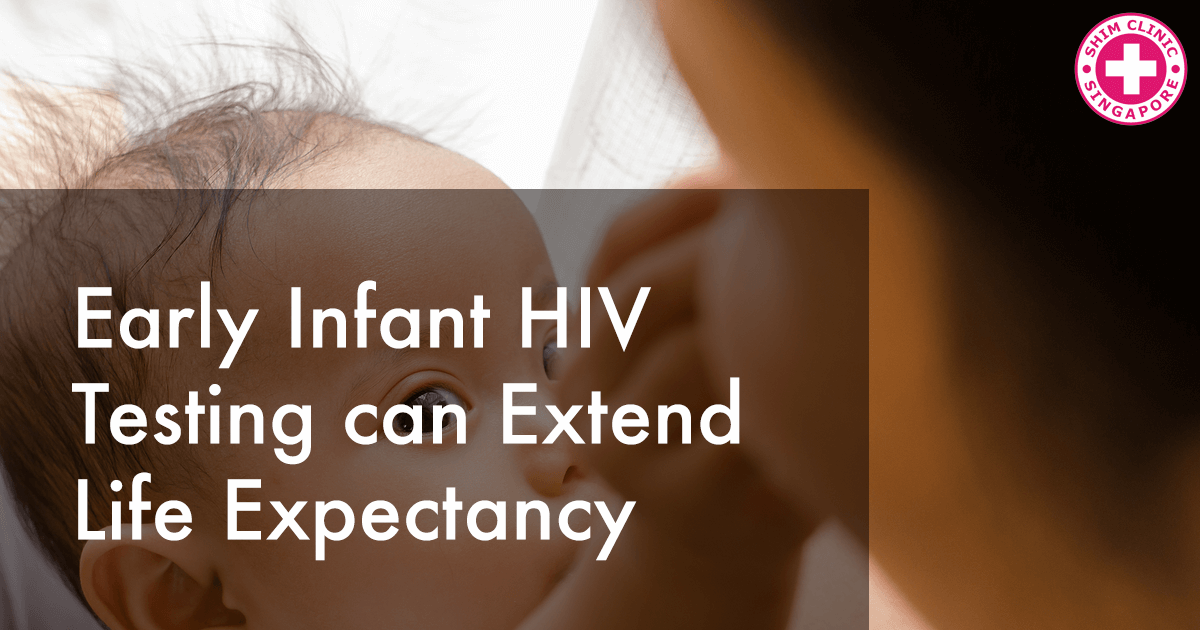Early diagnosis of HIV in babies stands to prevent deaths, increase life expectancy and is also cost-effective. This is as claimed by a study conducted in South Africa and published in the Journal of Infectious Diseases.
When HIV testing is done at either birth or 6 weeks, the early infant diagnosis (EID) results to one-year mortality rates and increasing life expectancy among other benefits. There are currently about 150,000 infant HIV infections reported around the world each year. If antiretroviral therapy (ART) is not provided, the mortality in HIV-positive infants goes up to between 50 and 65% by the time the kids are 2 years old.
It’s possible to reduce three-quarters of these deaths by administering immediate ART. This, however, needs early infant diagnosis. According to The World Health Organization, it’s dire that all HIV-exposed infants undergo HIV testing using a nucleic acid amplification test (NAAT) preferably at 6 weeks after birth.
Some researchers have, however, suggested that the tests be done at birth and at 6 weeks because some infants develop HIV way before birth putting them at high risk of dying before they are screened for HIV at 6 weeks.
Clinical Benefits and Cost-Effectiveness of Early Infant Diagnosis
The study analyzed clinical benefits and cost-effectiveness of early infant diagnosis at four stages:
- No early infant diagnosis
- Testing at birth only
- Testing 6 weeks after birth only
- Testing at birth and 6 weeks after birth
The study found that when HIV testing was not done, the one-year mortality rate would be 35% and the overall life expectancy would be 21 years. While done at birth only, there was a 28% one-year mortality rate and the overall life expectancy stood at 24 years. As for the six-week only testing, bumped up the one-year mortality rate to 25% and the projected life expectancy of 26 years. When the infants were tested twice at birth and at 6 weeks postpartum, there was increased the survival rate of a 24% one-year mortality rate while the life expectancy was 27 years.
Testing Twice Highly Recommended
The research analysts concluded that testing once at 6 weeks alone is very important because it significantly improves infant outcomes and has high value in South Africa when compared to no testing. They also feel that testing twice at birth and 6 weeks should be highly recommended because it further improves the outcomes and is very cost-effective especially when there is a high uptake.
The analysts also recommend that policymakers add birth testing after they have optimized the 6-week EID programs. This will increase uptake and cost-effectiveness of the programs. The analysts added that early infant diagnosis is just the first step to better HIV positive infant outcomes. They recommended putting an emphasis on an effective long-term care system, early administration of antiretroviral drugs and immediate initiation of therapy for HIV-infected babies for continued improved prevention and treatment of HIV among babies and adults alike.
These findings are quite significant in the continued effort to reduce infection rates from mother to child. If caregivers worldwide follow the recommendations from the study, we might just get closer to bringing mother to child HIV infections to zero.


Pingback: Early Infant HIV Testing can Extend Life Expect...